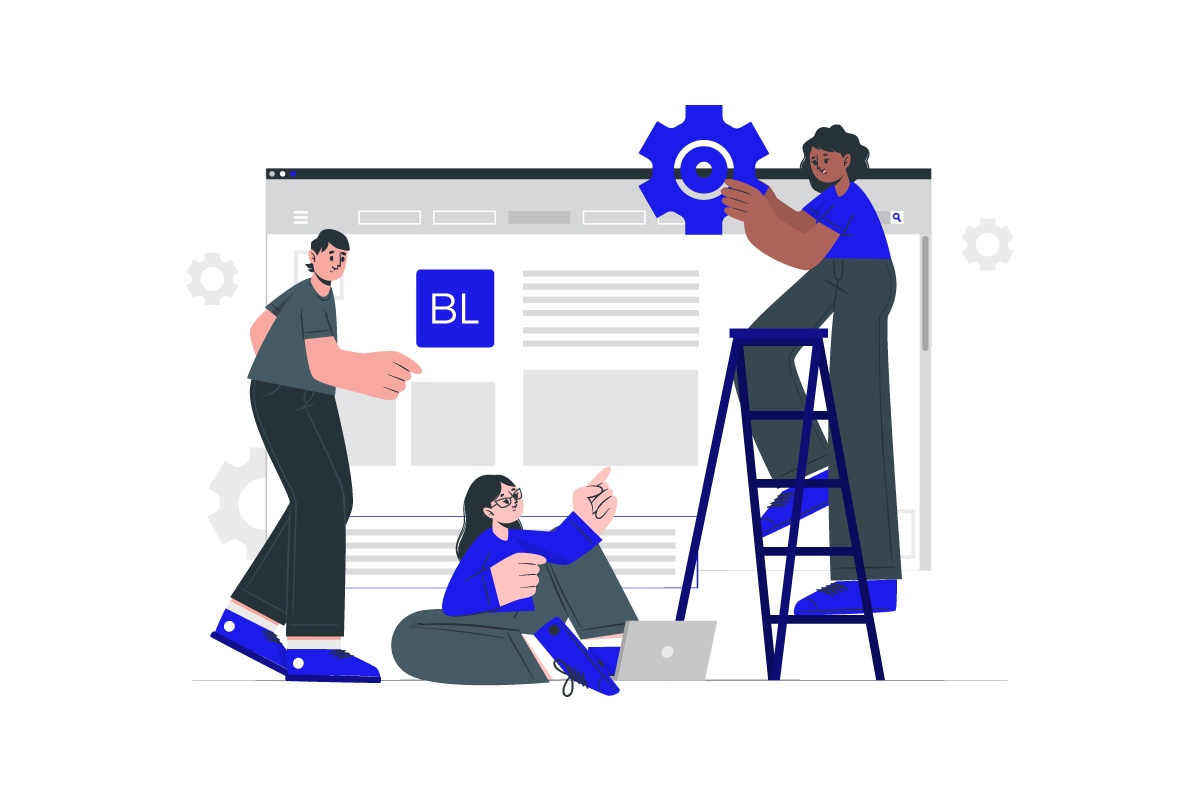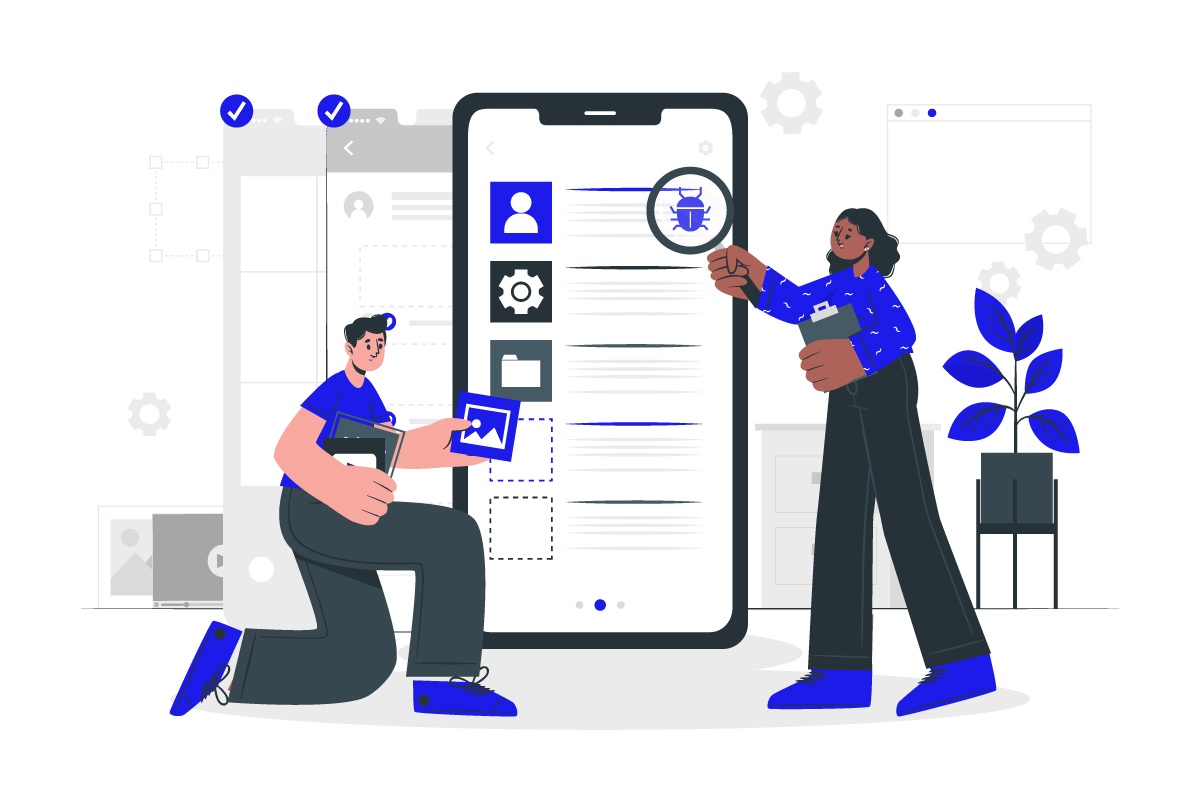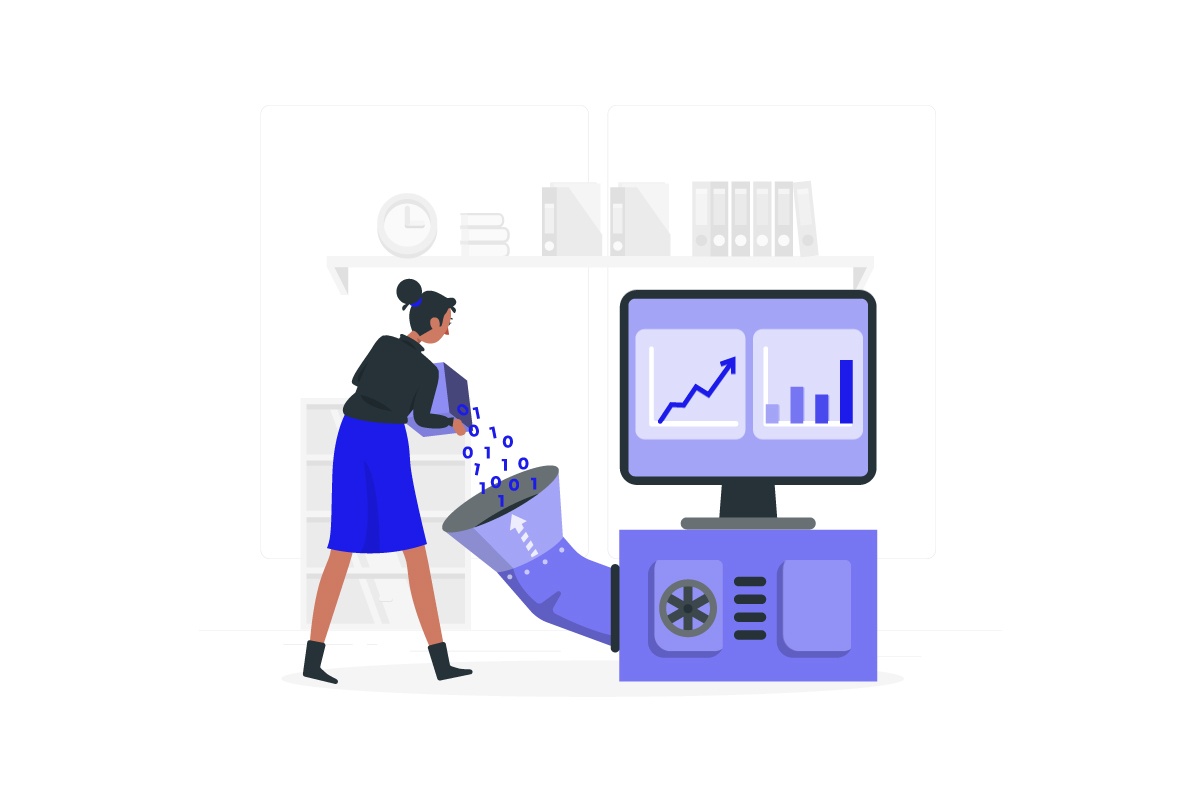The Three Rs of Automation Discovery

By Saurabh Bhatia
Before you begin the process of automation at your company, you need to check for the Three Rs of Automation Discovery which will ensure the long-term success of automation implementation. In this article, we will look at:
Automation Discovery’s 1st R: Reimagine the vision
Automation Discovery’s 2nd R: Return on investment calculation
Automation Discovery’s 3rd R: Reusing Automation
Why are The Three Rs of Automation Discovery so important?
So you’ve decided that you want in on the automation game. Great! Now you’re in the all-encompassing process of discovery and implementation. This is where you, the organization that is looking to adopt automation, needs to articulate your business needs, asses how automation will impact your operations, and then determine a successful implementation roadmap with your tech partner. Here are three components, “The Three Rs”, that should guide your approach towards a successful discovery and automation implementation.
Automation Discovery’s 1st R: Reimagine the Vision
Begin by reinventing the way you look at your operations and its processes. It goes without saying that you should start with standard process automation first to demonstrate its value. But during the discovery phase, explore all tools that will compound the value of automation for your organization. For example, if you are looking to automate the mortgage lending process, take a step back and examine the added benefit your organization will get from adding power BI dashboards or analytics systems that provide more actionable insights or discovery tools which identify which other processes and tasks could be automated.
Keep in mind a vision of an organization fueled by hyperautomation as you explore various options in addition to standard process automation namely, intelligent document processing, business intelligence reporting, process mining, chatbots, etc. There is a full stack of options you can explore to heighten the benefits of technology and establish that future state of hyperautomation.
Automation Discovery’s 2nd R: Return on Investment Calculation
Understandably the most common driver in decision making is about the returns you will see with the option of automation (or any other technology solution). Determine how you will calculate ROI prior to beginning work on the solution. We recommend creating a business case with a very clear prioritization matrix and roadmap of automation and its benefits. This will determine the focus both long term and short term.
Pro Tips:
- Determine which licenses and automation tools are most useful and cost effective for the overall solution
- Adopt licenses and tools and build your infrastructure to support the scalability of automation (and sunset those that are no longer in use)
- Don’t forget, to consider monetary metrics which deeply impact the business in your calculations
Automation Discovery’s 3rd R: Reusing Automation
Some organizations feel like they’re starting from scratch every time they introduce a bot to their processes. In reality, you reutilize some parts of your previous assets (from one bot to another) to make automation faster. For example, if you have multiple processes, teams and departments using the same application or program, we encourage you to create reusable assets with the first bot so when you introduce a second bot, you are reutilizing the same assets with the same application or program. This fuels enterprise scale adoption as a team or functional area and can demonstrate the value of automation to other departments, which will encourage further adoption of the technology.
Pro Tips:
- Divide your projects into components and create reusable libraries, which makes it easier to reuse automation for further processes
- When designing the bots, focus on smaller components within them but always keep in mind how this will affect future projects in a positive way
Why are The Three Rs of Automation Discovery so important?
- By reimaging your vision, you create a collective, growth oriented and collaborative mindset within the organization as it pertains to digital transformation
- The right ROI calculations help you determine which processes will garner better returns both short term and long term
- Reusing automations also makes your implementation scalable with faster adoption across teams and departments
Automation is transforming the way we run businesses, transact, and engage in the world. The key to achieving our vision and maximizing the possibilities of technology in our organizations is rooted in having the right approach. And the three Rs in automation is great place to start.
Find out more about enterprise automation, book a meeting with us today to see how we can accelerate your digital transformation journey.


